- Liliaceae
- Lamiaceae
- Euphorbiaceae
- Leguminosae
- Zingiberaceae
- Chloranthaceae
- Campanulaceae
- Asteraceae
- Acanthaceae
- Orchidaceae
- Polygonaceae
- Ranunculaceae
- Vitaceae
- Rubiaceae
- Solanaceae
- Thymelaeaceae
- Saururaceae
- Moraceae
- Polypodiaceae
- Myrtaceae
- Araceae
- Adiantaceae
- Schisandraceae
- Amaranthaceae
- Berberidaceae
- Araliaceae
- Taxaceae
- Cucurbitaceae
- Apiaceae
- Guttiferae
- Scrophulariaceae
- Papilionaceae
- Caprifoliaceae
- Elaeagnaceae
- Apocynaceae
- Brassicaceae
- Papaveraceae
- Gentianaceae
- Paeoniaceae
- Lauraceae
- Punicaceae
- Nyssaceae
- Ephedraceae
- Gnetaceae
- Polygalaceae
- Violaceae
- Ginkgoaceae
- Cupressaceae
- Dipsacaceae
- Eucommiaceae
- Juglandaceae
- Dryopteridaceae
- Rosaceae
- Huperziaceae
- Caryophyllaceae
- Rhamnaceae

Lonicera. macranthoides
- Introduction
- Download
Blast
Lonicera. macranthoides, a plant distributed widely in south China, belongs to Caprifoliaceae and is often used in traditional Chinese medicine. In the 2010 Chinese Pharmacopoeia, L. macranthoides is registered as “mountain honeysuckle”. The entire plant of L. macranthoides, and particularly the buds and leaves, is used as medicine. Phenolic acids, flavonoids, volatile oils and saponins are major chemical components of L. macranthoides . These components predominately account for the multiple medicinal effects of L. macranthoides, which include antioxidant , detoxification, anti-inflammatory, anti-cancer , anti-cardiovascular disease and pain relief properties .
Year:2015
Institution:Genetic Engineering Research Center, School of Life Sciences, Chongqing University
Material: Chongqing, China
Data link: http://www.herbal-genome.cn/index.php?m=content&c=index&a=show&catid=100&id=89

Lonicera japonica
- Introduction
- Download
Blast
Lonicera japonica, In traditional Chinese medicine, Lonicera japonica is called rěn dōng téng or jīn yín huā. Alternative Chinese names include er hua and shuang hua. In Korean, it is called geumeunhwa. The dried leaves and flowers (Flos Lonicerae Japonicae) are employed in traditional Chinese medicine, being used to treat fever, headache, cough, thirst and sore throat.
Year:2012
Institution:Beijing Key Laboratory of Functional Genomics for Dao-di Herbs, Institute of Chinese Materia Medica, Academy of Chinese Medical Sciences
Material: -
Year:2016
Institution:Department of Molecular Biology and Biotechnology,Graduate School of Pharmaceutical Sciences, Chiba University, Inohana 1-8-1, Chuo-ku, Chiba 260-8675, Japan
Material: -
Year:2017
Institution:Department of Biotechnology, College of Life Science and Technology, Huazhong University of Science and Technology, Wuhan, China
Material: Beijing, China
Data link: http://www.herbal-genome.cn/index.php?m=content&c=index&a=show&catid=100&id=88
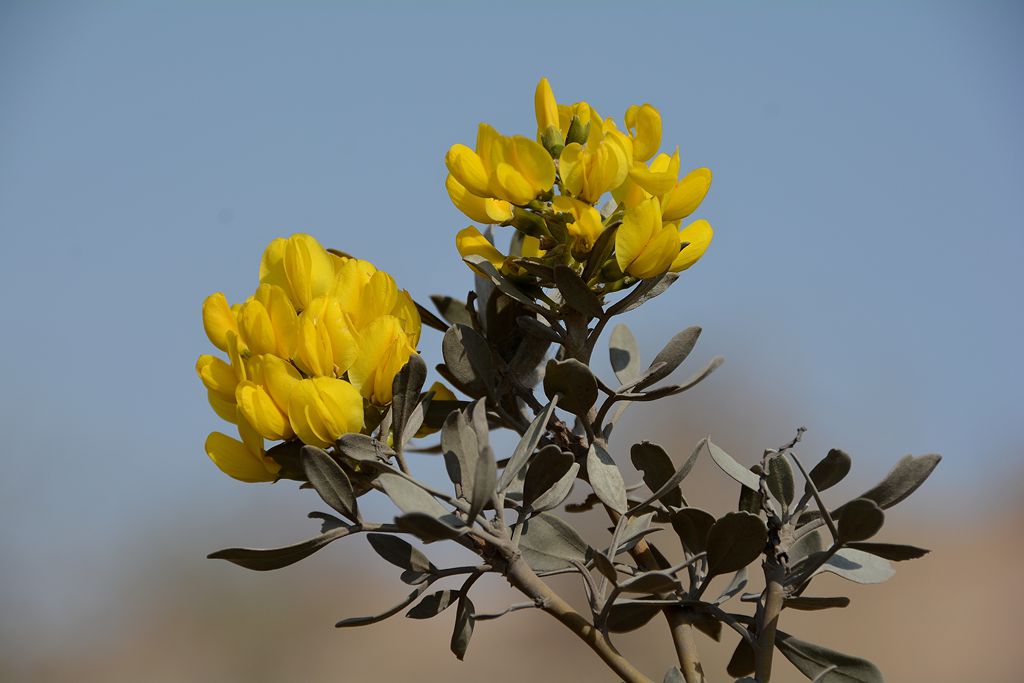
Ammopipanthus mongolicus
- Introduction
- Download
Blast
Ammopipanthus mongolicus, the only genus with evergreen broadleaf habit in the desert and arid regions of Mid-Asia, including Northern China, plays a critical role in maintaining desert ecosystems and delaying further desertification. Also it can be used as medicine.
Year:2012
Institution:College of Life and Environmental Sciences, Minzu University of China
Biotechnology Research Institute, Chinese Academy of Agricultural Sciences
Material: Ningxia, China
Data link: http://www.herbal-genome.cn/index.php?m=content&c=index&a=show&catid=100&id=87
Centella asiatica
- Introduction
- Download
Blast
Centella asiatica, commonly known as centella and gotu kola, is a small, herbaceous, frost-tender perennial plant of the family Mackinlayaceae or subfamily Mackinlayoideae of family Apiaceae, and is native to wetlands in Asia. It is used as a medicinal herb in Ayurvedic medicine, traditional African medicine, and traditional Chinese medicine. In traditional herbal medicine, Gotu kola has been used for varicose veins, chronic venous insufficiency, psoriasis, and minor wounds.
Year:2014
Institution:Metabolic and Structural Biology Department, CSIR-Central Institute of Medicinal and Aromatic Plants (CIMAP), P.O. CIMAP, Lucknow-226015, India
Material: , leaf, India
Data link: http://www.herbal-genome.cn/index.php?m=content&c=index&a=show&catid=100&id=86
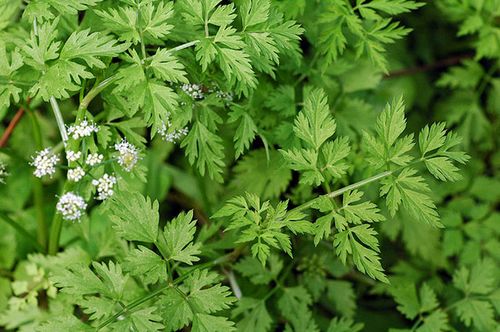
Oenanthe javanica (BI.) DC
- Introduction
- Download
Blast
Oenanthe javanica (BI.) DC, is an aquatic perennial herb cultivated in East Asian countries, such as China, Korea, and Japan. O. javanica belongs to Oenanthe genus in Apiaceae . O. javanica is an edible vegetable with high vitamin and mineral content and has medicinal properties. O. javanica has been used in traditional Chinese medicine to treat jaundice, hypertension, fever, abdominal pain, leucorrhea, mumps, and urinary difficulties.
Year:2015
Institution:State Key Laboratory of Crop Genetics and Germplasm Enhancement, Ministry of Agriculture Key Laboratory of Biology and Germplasm Enhancement of Horticultural Crops in East China; College of Horticulture, Nanjing Agricultural University
Material: leaf
Data link: http://www.herbal-genome.cn/index.php?m=content&c=index&a=show&catid=100&id=85
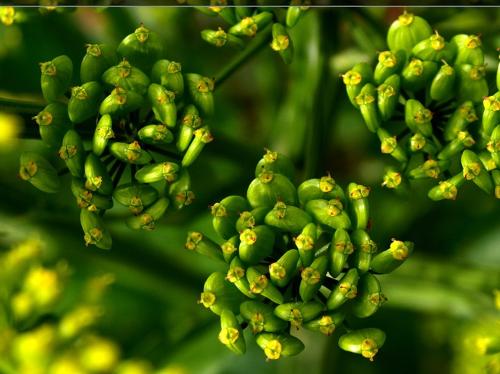
Ligusticum Chuanxiong
- Introduction
- Download
Blast
Ligusticum chuanxiong Hort. (L. chuanxiong, family Umbelliferae) is also named as Chinese lovage, and has long been employed as a traditional Chinese medicine in folk remedies. It is widely applied in food preparation as a health protection. Usually it is added to a soup, such as Chuanxiong mutton soup and Chuanxiong fish’s head soup. Major chemical components of L. chuanxiong are essential oils, alkaloids, phenolic acids, polysaccharides, and proteins.
Year:2015
Institution:College of Life Science and Engineering, Southwest Jiaotong University, Chengdu
Material: Sichuan, China
Data link: http://www.herbal-genome.cn/index.php?m=content&c=index&a=show&catid=100&id=84
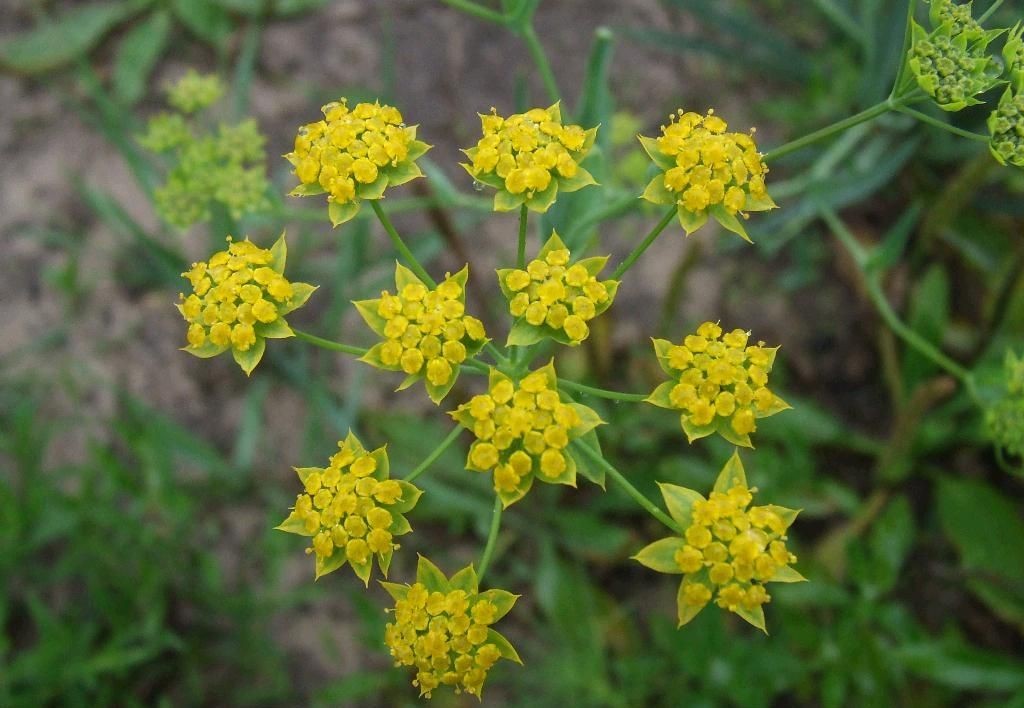
Bupleurum chinense (Thorowax)
- Introduction
- Download
Blast
Bupleurum chinense (Thorowax) is a medicinal root found natively in East Asia. The Chinese name is Chai Hu. The leaves of the plant are long and thin and resemble fennel. Traditionally used to relieve infections with fever, hemorrhoids and indigestion.Also used to treat liver stagnation (Qi), irritability, and liver disease.
Year:2011
Institution:Institute of Medicinal Plant Development (IMPLAD), Chinese Academy of Medical Sciences & Peking Union Medical College
Material: Beijing, China
Year:2014
Institution:Institute of Medicinal Plant Development (IMPLAD), Chinese Academy of Medical Sciences & Peking Union Medical College
Material: Beijing, China
Data link: http://www.herbal-genome.cn/index.php?m=content&c=index&a=show&catid=100&id=83

Hypericum perforatum L.
- Introduction
- Download
Blast
Hypericum perforatum L. (St. John's wort) is a medicinal plant with pharmacological properties that are antidepressant, anti-inflammatory, antiviral, anti-cancer, and antibacterial. Its major active metabolites are hypericins, hyperforins, and melatonin.
Year:2012
Institution:Key Laboratory of the Ministry of Education for Medicinal Resources and Natural Pharmaceutical Chemistry, National Engineering Laboratory for Resource Development of Endangered Crude Drugs in Northwest of China, College of Life Sciences, Shaanxi Normal University, Xi’an
Material: Shanxi, China
Data link: http://www.herbal-genome.cn/index.php?m=content&c=index&a=show&catid=100&id=82
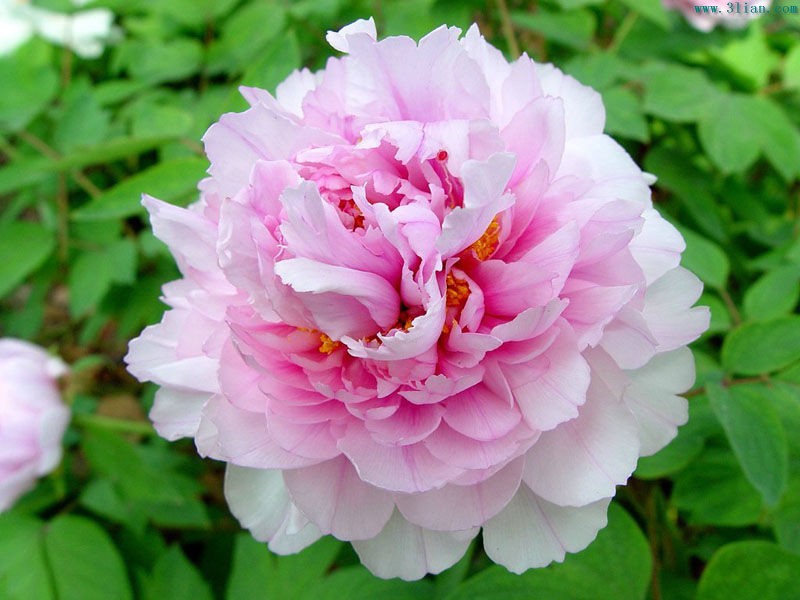
Paeonia suffruticosa
- Introduction
- Download
Blast
Paeonia suffruticosa has a long history of being used as medicine in Chinese medicine. There are more than 1000 Chinese tree peony cultivars with various kind of flower colors and flower forms that have been selected artificially for medicinal uses for more than 2000 years. The root bark, often referred to as Mu Dan Pi or Cortex Moutan, is the main part that is used in Chinese medicine. Mu Dan Pi’s main functions include clears heat, cools blood, clears fire from deficiency, clears ascending Liver fire, and mildly invigorates the blood. Mu Dan Pi that has best quality should be very fragrant, and is thick, white and starchy. The flower is now mostly cultivated for medical uses. Due to over-harvesting, the wild plant is threatened with extinction.
Year:2012
Institution:College of Life Sciences, Qingdao Agricultural University, Key Lab of Plant Biotechnology in Universities of Shandong Province, Changcheng Road 700, Qingdao
Material: Shandong, China
Data link: http://www.herbal-genome.cn/index.php?m=content&c=index&a=show&catid=100&id=81
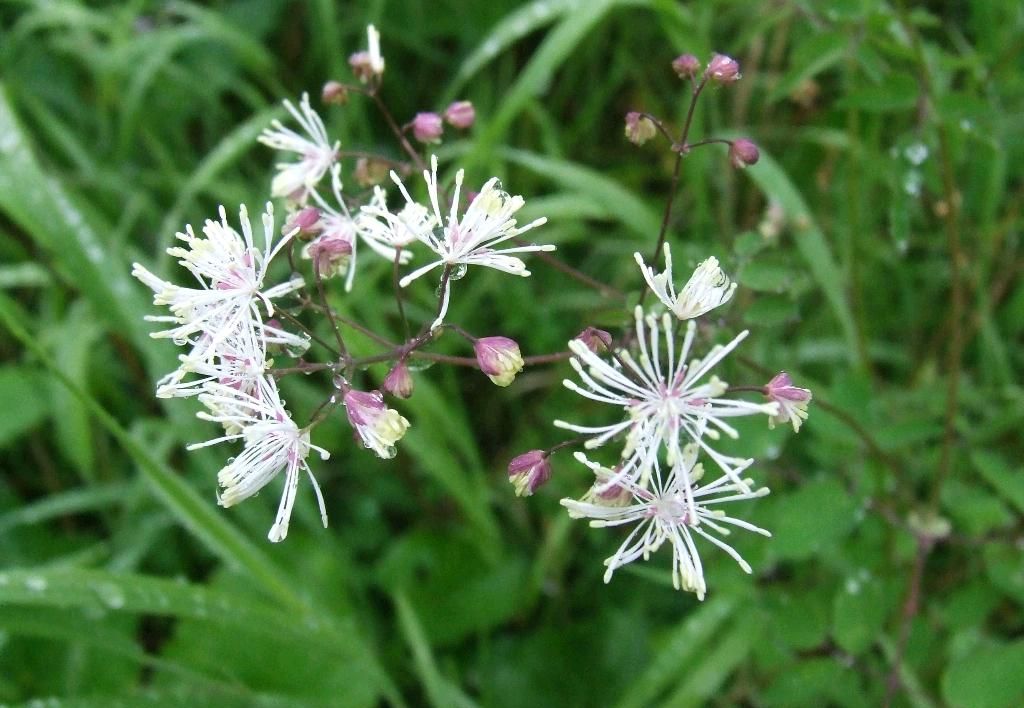
Thalictrum aquilegifolium
- Introduction
- Download
Blast
Thalictrum aquilegifolium,a perennial herb, is in Family Ranunculaceae. T. Aquilegifolium is distributed in the northeast、shandong 、zhejiang and in other places, such as Korea, Japan.
Year:2016
Institution:South China Botanical Garden, Chinese Academy of Sciences
Yunnan Agricultural University
Material: Wuhan, China
Data link: http://www.herbal-genome.cn/index.php?m=content&c=index&a=show&catid=100&id=80